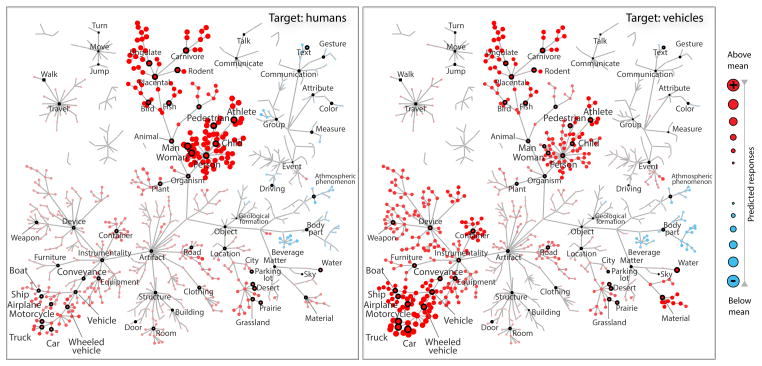Figure 3. Attentional tuning changes for a single voxel in LO.
Tuning for 935 object and action categories in a single voxel selected from lateral occipital complex (LO) in subject S1, during search for ‘humans’ (left) and for ‘vehicles’ (right). Each node in these graphs represents a distinct object or action, and a subset of the nodes has been labeled to orient the reader. The nodes have been organized using the hierarchical relations found in the WordNet lexicon. Red versus blue nodes correspond to categories that evoke above- and below-mean responses. The size of each node shows the magnitude of the category response (see legend on the right). This well-modeled LO voxel (a prediction score of 0.401) exhibits significant tuning changes across attention conditions (t-test, p<10−6). The voxel is strongly tuned for the attended category in both conditions. Furthermore, significant albeit weaker tuning is observed for the unattended categories.

